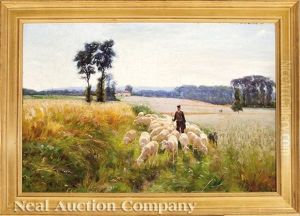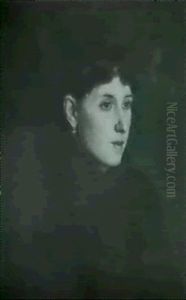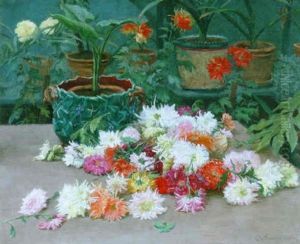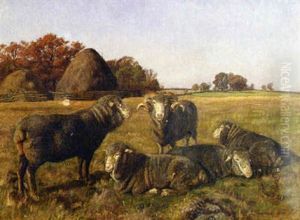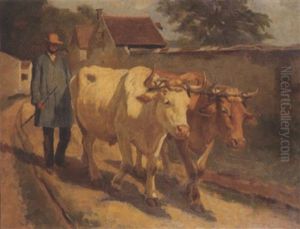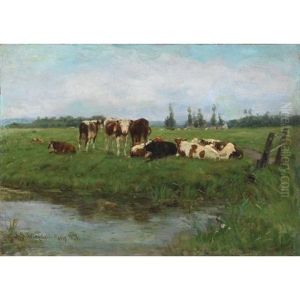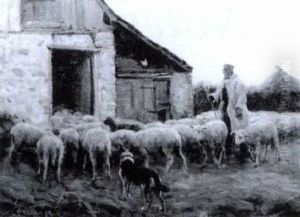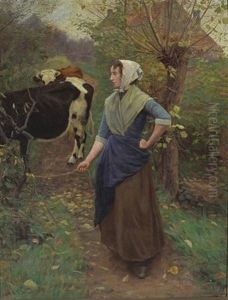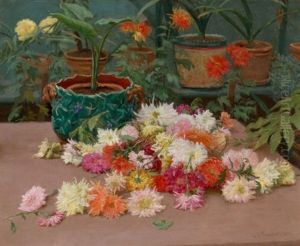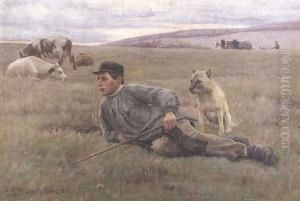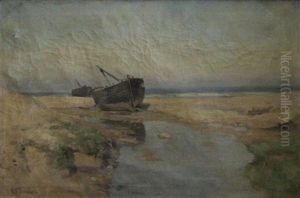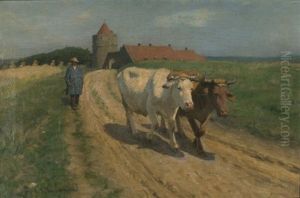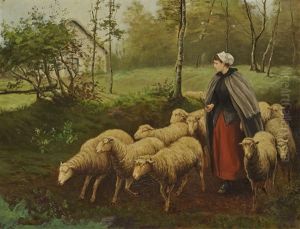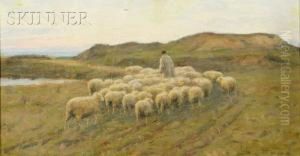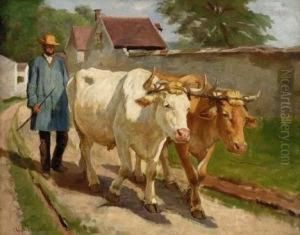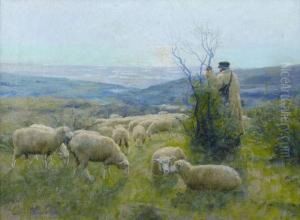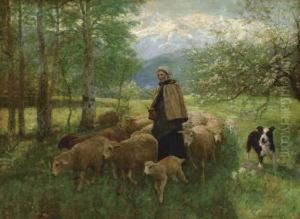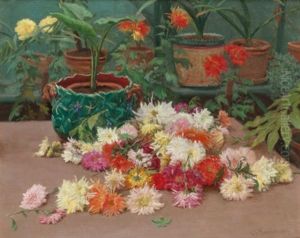Gaylord Sangston Truesdell Paintings
Gaylord Sangston Truesdell was an American painter born in 1850. Although not as widely known as some of his contemporaries, Truesdell made a significant contribution to the art scene during his time. He was primarily known for his landscape paintings, which often depicted the American West with a particular emphasis on the play of light and shadow.
Truesdell was born in Oswego, New York, and developed an interest in art at an early age. He pursued his passion for painting by studying at the National Academy of Design in New York City, where he honed his skills and became influenced by the Hudson River School of painters. This art movement, which was prominent during the mid-19th century, was known for its romantic portrayal of the American landscape, and this influence is evident in Truesdell's work.
Throughout his career, Truesdell traveled extensively, which allowed him to capture a variety of landscapes on his canvas. His travels took him to the American West, and he was particularly captivated by the rugged beauty of the Rocky Mountains and the expansive plains. His works during this period showcased his ability to portray the grandeur and vastness of these scenes with a remarkable sense of realism.
In addition to landscapes, Truesdell also painted genre scenes and was adept at capturing everyday life with a sense of authenticity and detail. However, it was his landscape paintings that garnered the most attention and are most celebrated today.
Truesdell's life and career were cut short when he died in 1899. While he may not have achieved the same level of fame as some of his peers, his paintings are still appreciated by art historians and collectors for their contribution to American landscape painting. Truesdell's work can be found in various collections and has been displayed in exhibitions dedicated to the art of the American West and the legacy of the Hudson River School.
